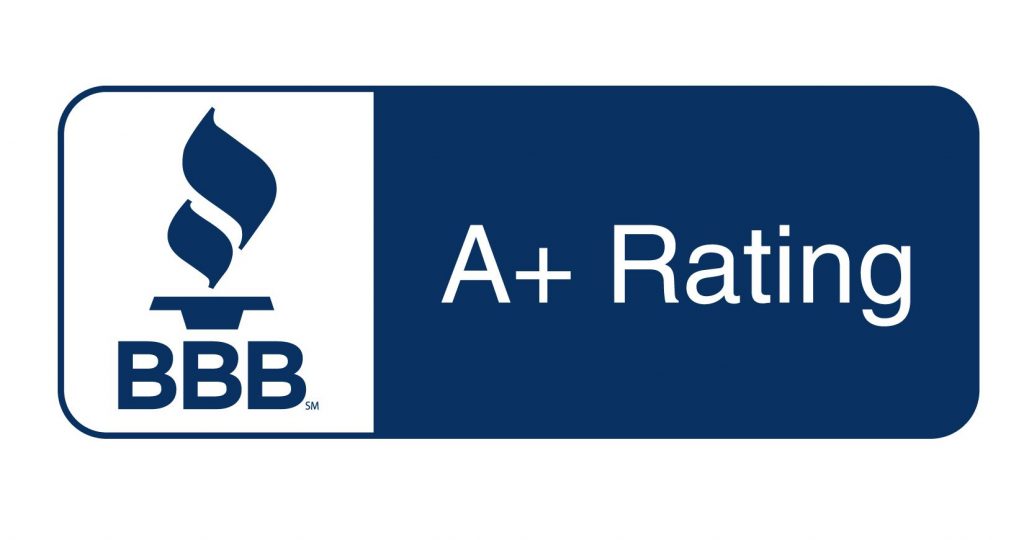Long-term care insurance is one of the most important tools for protecting your savings and maintaining financial stability later in life. The cost of services such as nursing home care, assisted living, or in-home help can be staggering, often thousands of dollars per month. Medicare does not cover these extended care needs, which is why many people turn to long-term care insurance.
When you explore these policies, one of the most critical (and often misunderstood) features is the elimination period. This is sometimes compared to a deductible, but instead of being measured in dollars, it is measured in time. Understanding how elimination periods work will help you make a smart decision about which policy is right for you.
What Is an Elimination Period?
The elimination period is the waiting time between when you become eligible for benefits and when your insurance company actually begins paying for care. During this window, you are responsible for covering your own expenses.
For most policies, the elimination period is expressed in days and usually ranges from zero to 365. A 90-day elimination period is the most common choice, meaning you would pay for about three months of care before your benefits begin. In this way, the elimination period functions like a deductible, except that the cost is measured in days of service rather than a set dollar amount.
How the Elimination Period Works
The waiting period does not start when you purchase the policy or when your health begins to decline. Instead, the clock begins once you meet the benefit triggers written into your policy. Typically, this occurs when a doctor certifies that you need help with at least two activities of daily living, such as bathing or dressing, or when you are diagnosed with a cognitive impairment like Alzheimer’s disease.
Policies also differ in how they count the elimination period. Some use calendar days, meaning every day counts once you qualify, whether or not you receive care. Others use service days, which means only the days you receive and pay for care are applied to the waiting period. This distinction can make a significant difference. For example, if your policy uses calendar days and you begin care on January 1 with a 90-day waiting period, your benefits would begin on April 1. However, if your policy requires service days and you only receive care three times per week, it could take nearly six months before your elimination period is satisfied.
Common Elimination Period Options
Insurance companies typically allow you to choose from several elimination period lengths. The most common options are 30, 60, 90, 180, and 365 days. A shorter elimination period means your coverage will begin sooner, but the premiums will be higher. A longer elimination period reduces your monthly premium but leaves you responsible for more out-of-pocket costs at the beginning of your care.
Most people choose the 90-day option, which strikes a balance between affordability and financial protection. It keeps premiums more manageable than a 30-day option, while still limiting the amount of care you must pay for before insurance takes over.

Pros and Cons of Short vs. Long Elimination Periods
The decision between a short or long elimination period is not always straightforward. A shorter waiting period offers the peace of mind of knowing benefits will begin quickly if you ever need care. However, the higher premiums may strain your budget, especially if you hold the policy for many years before using it.
On the other hand, a longer elimination period can save you money on premiums, sometimes significantly. The trade-off is that you must be prepared to pay for several months of care on your own before the policy begins paying benefits. Since the cost of long-term care can reach thousands of dollars per month, this option only makes sense if you have savings or family support to help cover those expenses.
Many policyholders view the 90-day elimination period as a middle ground. It offers lower premiums than the shortest options but doesn’t leave you responsible for nearly as much upfront cost as the longest waiting periods.
Choosing the Right Elimination Period
The right elimination period depends on your financial situation, your family circumstances, and your comfort level with risk. If you have significant savings or a strong support system, you may be comfortable choosing a longer elimination period to reduce your premiums. However, if paying several months of care out of pocket would be difficult, it may be worth paying a little more each month for a shorter waiting period.
It is also important to consider the cost of care in your local area. In some places, nursing home expenses can exceed $8,000 per month. A 90-day elimination period in such an area could leave you responsible for more than $20,000 before benefits begin. In other locations, where costs are lower, the out-of-pocket responsibility may be much more manageable.
Ultimately, this decision is about striking the right balance between what you can afford today and the protection you may need in the future. Working with an experienced insurance professional can help you compare options and choose a policy that aligns with your long-term financial goals.
Plan Ahead with Carolina Senior Benefits
The elimination period is one of the most important features of a long-term care insurance policy, and it deserves careful consideration. Shorter waiting periods provide faster access to benefits but come with higher premiums. Longer periods reduce monthly costs but shift more responsibility onto you at the beginning of your care.
For many people, a 90-day elimination period provides a reasonable compromise, offering both affordability and adequate protection. However, the best choice will depend on your personal finances, your family support, and the cost of care where you live.
Taking the time to understand and plan for the elimination period ensures that your long-term care insurance policy works as intended — protecting both your health and your financial security when you need it most.





